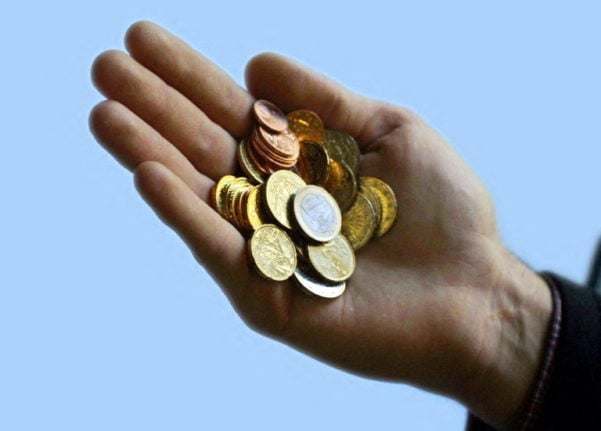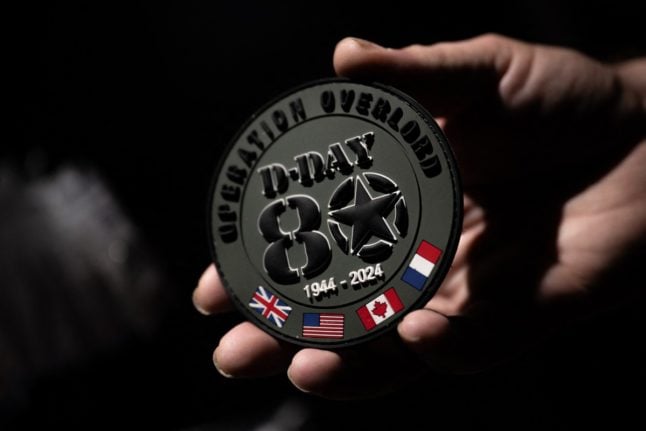The Paris Mint, or Monnaie de Paris, revealed that starting this year there will be new faces on the national sides of France’s 10, 20 and 50 centime coins.
They will feature the profiles of ‘three exceptional women’ – Simone Veil, Josephine Baker, and Marie Curie – all of whom are buried in the Panthéon.
READ MORE: France’s highest honour: Five things to know about the Paris Panthéon
“The three people selected to appear on these coins are the symbol of a strong attachment to the values of the Republic and a source of daily inspiration for everyone,” the Monnaie de Paris said in a Tweet published on Wednesday.
✨ @Economie_Gouv et @MonnaieDeParis font évoluer le dessin des pièces de monnaie françaises de 10, 20 et 50 centimes d’euro.
Ces trois monnaies mettent à l’honneur trois femmes d’exception ➡️ #SimoneVeil, #JoséphineBaker et #MarieCurie, toutes trois entrées au Panthéon pour… pic.twitter.com/YNlnL7m4sG
— Monnaie de Paris (@MonnaieDeParis) March 6, 2024
This will be the first time since France adopted the use of the euro that the country will change the ‘national’ side of its €0.10-€0.50 coins.
Designed by Joaquin Jiminez, the general engraver at the Monnaie de Paris, the new coins will gradually be put into circulation between the spring and summer of 2024.
Here’s what they look like and who they represent;

(Top) Simone Veil, €0.10 coin
The women’s rights activist, Auschwitz survivor, and former French politician. She notably fought for the legalisation of abortion, and she also was the first woman to be President of the European Parliament, from 1979 to 1982.
(Middle) Josephine Baker, €0.20 coin
The American-born dancer, singer and actress who went on to become a resistance fighter, feminist and anti-racist activist. She was the first black woman to be inducted into the Panthéon in 2021.
(Bottom) Marie Curie, €0.50 coin
The Polish and naturalised-French scientist Marie Curie, won the Nobel Prize twice and is renowned for her research on radioactivity. She has already been featured on French currency – once on the 500 franc note and on other collectors coins over the years.
Changing European currency
Each Euro coin – €1 and €2 plus the 1, 2, 5, 10, 20 and 50 cent pieces – has a common side, as well as a national side, which can only be changed every 15 years.
Up until 2024, the French golden 10, 20 and 50 cent coins all featured the same representation of the Semeuse (the sower), a classical figure who once appeared on the silver coins of the Third Republic. It depicts a woman wearing a dress, Phrygian cap and apron, walking barefoot. She sows the field in one hand and carries a large sack in the other.
Meanwhile, France’s €1 and €2 coins received new national sides in January 2022.
As for banknotes, they do not show specific national features or individual people. The front of each note shows windows and doorways, meant to symbolise “the European openness and cooperation”, according to the European Central Bank.
On the other side, there are bridges to show the “communication between the people of Europe and the rest of the world”.
Each has a different architectural style, meant to showcase a different period of European history – from Classical to 19th century iron and glass architecture – without using any existing monuments or bridges.



 Please whitelist us to continue reading.
Please whitelist us to continue reading.
Member comments